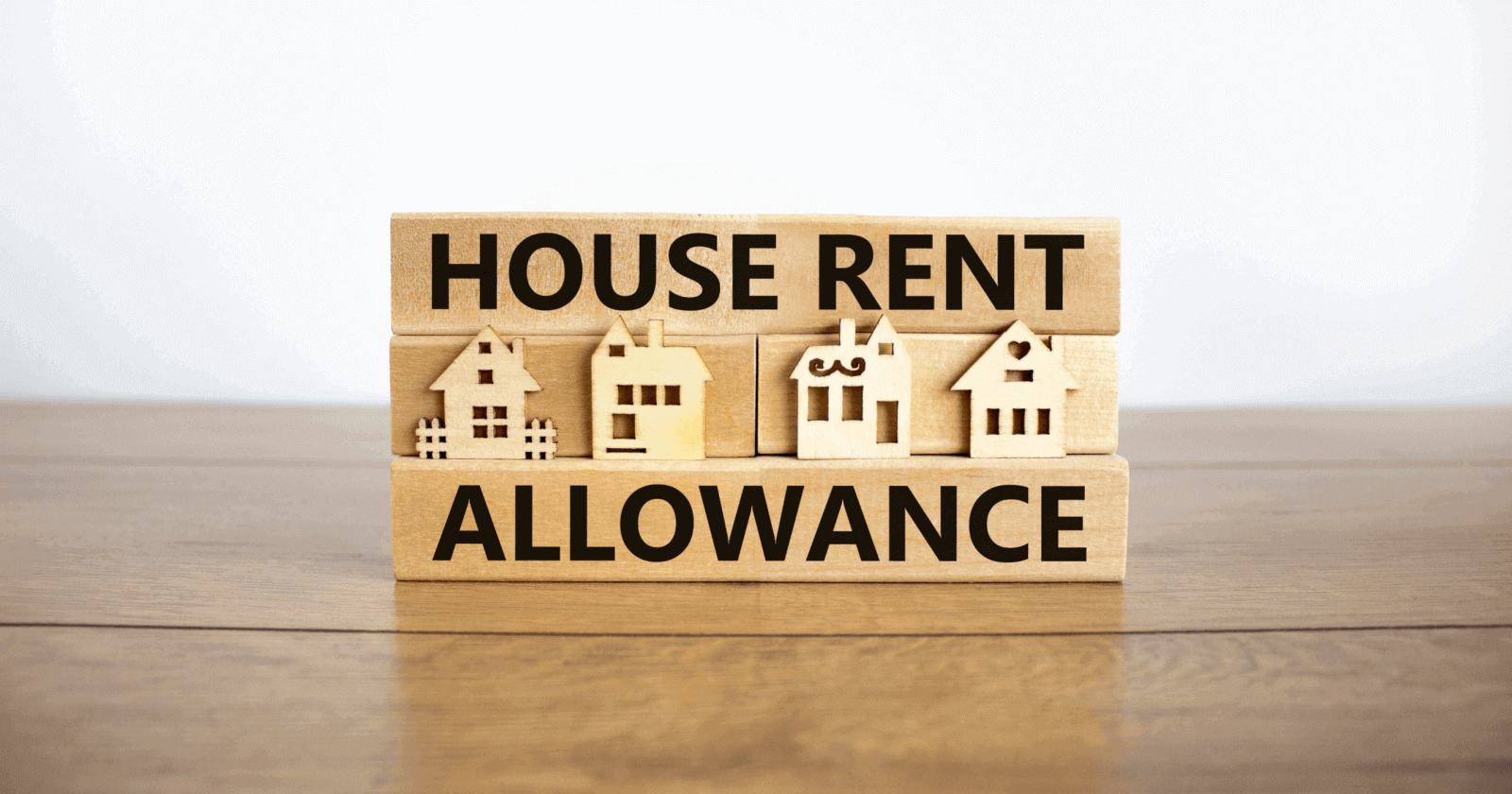Anti Static Epoxy Flooring (ESD Flooring) - A Detailed Guide
Jan 6 • 7 min read

Static electricity can be a significant hazard in certain environments, posing risks to both safety and equipment. Anti-static epoxy flooring, also known as Electrostatic Discharge (ESD) flooring, is a specialized epoxy coating designed to prevent static electricity buildup and discharge.

What is Anti-Static Epoxy Flooring?
Anti-static epoxy flooring is a conductive flooring system engineered to control static electricity. It dissipates electrical charges safely, ensuring that static electricity doesn’t accumulate or release in an uncontrolled manner. This type of flooring is made by integrating conductive materials, such as carbon, into the epoxy resin, creating a defined path for static charges to flow to a grounding point. This type of flooring is commonly used in environments where static electricity can cause damage , interfere with operations or pose safety risks.
Key Features of Anti-Static Epoxy Flooring
Static Dissipation:
Anti-static flooring prevents the buildup and release of static electricity by dissipating it into the ground through conductive materials.
Complies with Standards:
ESD flooring meets strict safety and industry standards for static control, ensuring reliable performance in sensitive areas.
Customizable Options:
Available in various colors and finishes, ESD flooring can complement the aesthetic needs of a facility without compromising functionality.
How is Anti-Static Flooring Installed?
Installing ESD flooring is a technical process requiring precision and expertise. The general steps include:
Surface Preparation:
The base floor is cleaned, repaired, and primed to ensure a strong bond.
Generally a concrete base without any moisture, lubricants or loose particles is recommended as a base.
Application of Conductive Base Layer:
A conductive primer or base layer is applied to create a path for static dissipation.
Placement of Copper Strips:
Copper grounding strips are installed to provide a connection point for static electricity.They are usually installed on the concrete substrate before applying the epoxy layers in a grid pattern, depending on the size of the area and the static discharge requirements. One or more ends of the copper strips are connected to a dedicated earthing system (ground rod or earthing grid) to dissipate static electricity safely.

Application of Epoxy Layer:
The anti-static epoxy resin, containing conductive agents like carbon, is applied evenly.While the conductive base layer provides the primary pathway for grounding static electricity, incorporating conductive agents in the epoxy layer enhances functionality of the flooring system.
The epoxy is the surface that comes into direct contact with people, equipment, and materials. Adding conductive agents ensures that any static charges generated at the surface are quickly and effectively dissipated, preventing them from accumulating or creating hotspots
Topcoat Application:
A protective topcoat enhances durability and provides the desired finish.
Testing and Certification:
The floor is tested to ensure it meets industry ESD standards.
Which Materials are added to make Epoxy anti static
To create an anti static flooring certain materials are added to the epoxy resin or primer to provide conductivity or dissipation properties.
Conductive Additives
Carbon fibers or black carbon is added to make the floor conductive. Metallic powders such as copper or silver particles or conductive polymers (polyaniline, polypyrrole, polythiophene) enhance electrical dissipation.
Anti-Static agents
These chemicals reduce surface resistivity and allow static charge dissipation.
E.g. Lithium Chloride, Potassium Nitrate, Titanium Dioxide (TiO2) or Zinc Oxide (ZnO).

Grounding system:
Conductive copper strips or meshes are embedded into the flooring system to provide a pathway for static electricity to safely discharge into the ground.
Why is it important to have anti static flooring ?
Dissipating static charges
The floor contains conductive materials that allow static electricity to flow through rather than accumulating on the floor. As conductive materials act as a more preferable path for electrical charge.
Grounding the charge
Conductive copper strips on grounding points are integrated into the flooring system .These strips are connected to a building’s grounding system, ensuring that static charges safely dissipate into the earth.
Resistance Control
The flooring is designed to maintain a specific surface resistivity range.
Conductive flooring : 10³-10⁶ ohms
Static Dissipation floor: 10⁶-10⁹ ohms
Conductive Flooring (10³-10⁶ ohms):
This type of flooring is like a superfast highway for static electricity. It allows the electric charge to move very quickly and easily to the ground. It’s used in places where we need to get rid of static instantly, like in explosive or highly sensitive environments.
Static Dissipative Flooring (10⁶-10⁹ ohms):
This type of flooring is more like a controlled walkway for static energy. The charge moves slower and in a more controlled way to prevent sudden discharge. It’s used in places like electronic manufacturing where static needs to be removed gently to avoid damaging delicate components.
This ensures safe dissipation without allowing charges to accumulate or disrupt operations.
How to test for Anti Static Flooring?
and What are the preferred Standards?
1.Surface Resistivity Test:
Purpose: Measures the resistance across the surface of the flooring.
Standard: ASTM D257 (Standard Test Methods for DC Resistance or Conductance of Insulating Materials).
Equipment: Surface resistivity meter or megohmmeter.
Process: Electrodes are placed on the flooring, and resistance is measured in ohms.
Standard Range:
Conductive Flooring: 10⁴- 10⁶ ohms.
Dissipative Flooring: 10⁶ -10⁹ ohms.
2.Resistance to Ground (Point-to-Ground Resistance) Test:
Purpose: Measures the resistance between a point on the floor and the grounding system.
Standard: ANSI/ESD S7.1 (Floor Materials – Resistive Characterization of Materials).
Equipment: Resistance tester with probes connected to the grounding point.
Process: A probe is placed on the floor, and resistance to the grounding system is measured.
Standard Range:
Should meet the requirement of <10⁹ for ESD compliance.
3.Static Decay Test:
Purpose: Evaluates the flooring’s ability to dissipate static charges.
Standard: MIL-STD-3010C, Method 4046 (Test Method for Static Decay).
Equipment: Static decay meter.
Process: A known static charge is applied, and the time it takes for the charge to dissipate is recorded.
Standard Range:
Decay time of < 2 seconds is often required for ESD-safe environments.
4.Walking Voltage Test:
Purpose: Measures the voltage generated by foot traffic on the flooring.
Standard: ANSI/ESD STM97.2 (Floor Materials and Footwear - Voltage Measurement in Combination).
Equipment: ESD simulator, charge plate, or walking test kit.
Process: A person walks on the floor with ESD-safe footwear, and the voltage buildup is measured.
Standard Range:
Voltage should remain below 100 V (or as specified by the industry).
Where is Anti-Static Epoxy Flooring applied?
Anti-static epoxy flooring is used in environments where the buildup and discharge of static electricity can pose risks to safety, operations, and equipment. Some key industries and areas where it is commonly implemented are:

Electronics and Semiconductor Manufacturing
Protects sensitive electronic components and devices from damage caused by static discharge. Ensures smooth operations in environments where precision and quality control are critical.
Pharmaceutical and Healthcare Facilities
Maintains sterile environments by reducing contamination risks. Prevents static interference with sensitive medical equipment like MRI machines or laboratory tools.
Aerospace and Defense
Protects delicate aerospace equipment and machinery from static-related disruptions. Reduces risks of accidental ignition or explosion in areas with flammable substances.
Automotive and EV Manufacturing
Safeguards sensitive electronic systems and batteries in electric vehicle (EV) production lines. Prevents damage to electrical components during assembly.
Chemical and Petrochemical Industries
Reduces the risk of explosions or fires in facilities handling flammable liquids or gases. Ensures compliance with stringent safety regulations.
Cleanrooms and Research Labs
Maintains controlled environments for high-precision research and experiments. Protects sensitive instruments and samples from static interference.
Data Centers and IT Facilities
Safeguards servers, networking equipment, and storage devices from static-induced failures. Ensures uninterrupted operations in critical IT environments.
Explosive and Hazardous Environments
Used in areas handling explosives, flammable chemicals, or volatile gases to prevent static-ignited accidents.
Packaging and Printing Industries
Prevents static cling and interference during packaging or printing processes.Improves efficiency and ensures quality outcomes.
What are the advantages of Anti-Static Epoxy Flooring
1.Static Electricity Dissipation
Effectively controls and dissipates static electricity, reducing risks in environments where static buildup can damage sensitive equipment or ignite flammable substances.
2.Enhanced Safety
Protects people and equipment from the dangers of static discharge, ensuring a safer working environment.
3.Compliance with Standards
Meets industry and global ESD (Electrostatic Discharge) standards, ensuring that it provides reliable performance in static-sensitive environments.
4.Versatility
Can be used across a range of industries, including electronics, healthcare, aerospace, automotive, and more, thanks to its adaptable features.
What are the disadvantages of Anti-Static Epoxy Flooring
1.Higher Initial Cost
The use of specialized materials and the need for professional installation result in higher upfront costs compared to standard epoxy flooring.
2.Complex Installation
Requires precise preparation and installation by skilled professionals to ensure proper conductivity and grounding.
3.Periodic Testing and Maintenance
Regular ESD testing is needed to verify that the flooring maintains its anti-static properties, adding ongoing costs.
4.Susceptible to Surface Damage
Surface damage such as deep scratches or chips can compromise the conductivity and effectiveness of the flooring, requiring prompt repairs.
Conclusion
Anti-static epoxy flooring is more than just a surface—it's a shield against the dangers of static electricity, protecting sensitive equipment, enhancing workplace safety and ensuring operational efficiency. With its ability to dissipate static charges, comply with stringent industry standards, and it’s an indispensable solution for industries where precision and safety are paramount.
Our Clients








Related Blogs





